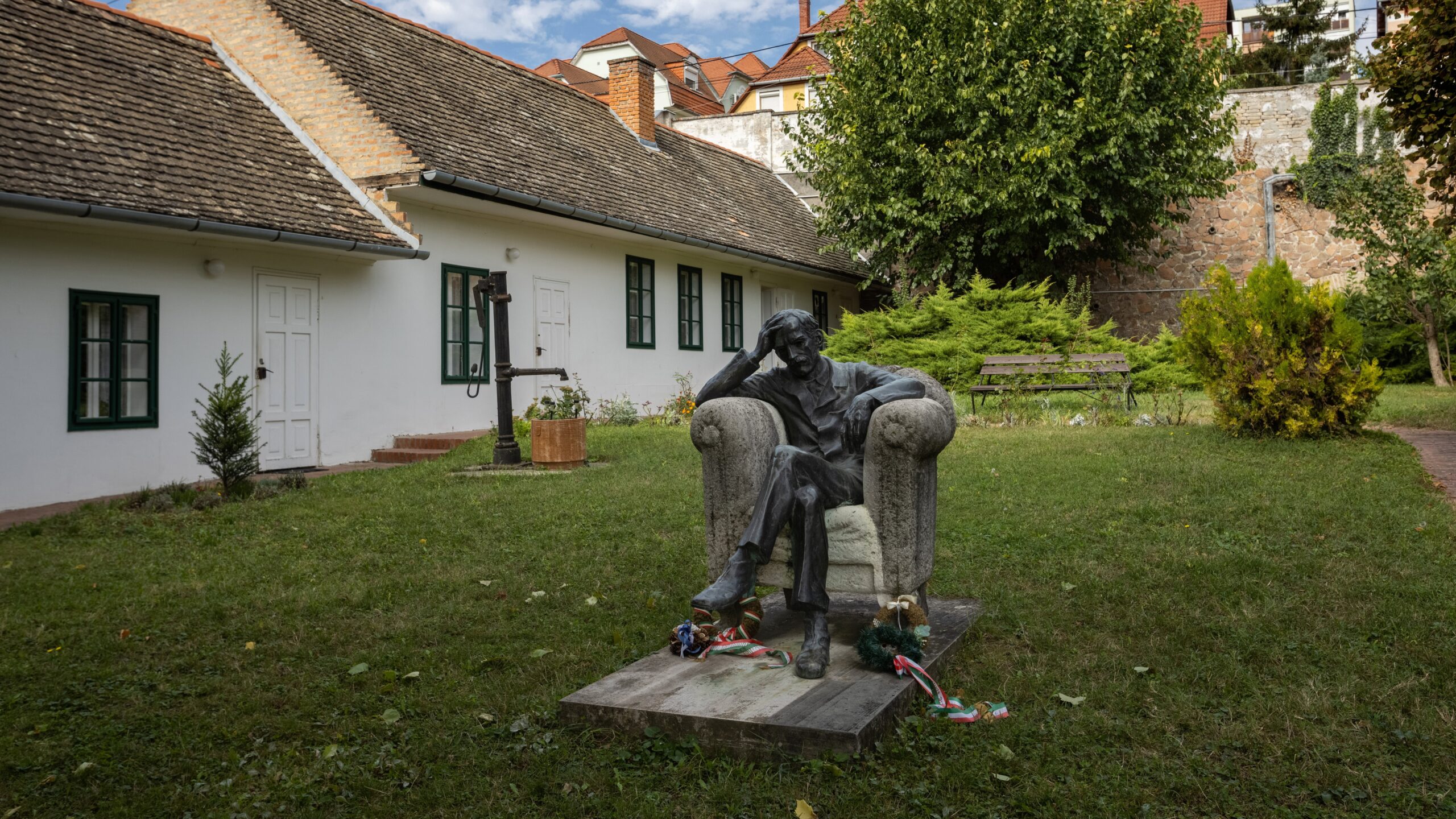In celebration of the142nd birthday of Mihály Babits, the National Széchényi Library has released digital versions of the Hungarian poet’s early works through its Copia platform. The newly accessible materials include manuscripts written between 1890 and 1910, giving both scholars and literature enthusiasts a unique glimpse into the formative years of one of Hungary’s most iconic literary figures.
The project, titled From Fragments to the Angel Book — Mihály Babits’s Beginnings on Copia, features not only the digitized poems but also essential bibliographic and philological metadata. These resources are intended to support the ongoing critical editions of Babits’s oeuvre, offering tools for easier navigation and deeper understanding of his early writing process.
According to the library, the documents are of significant scholarly value. They are directly linked to the first two volumes of Babits’s critical poetry editions, and their publication aims to serve as a model for future digital humanities practices.
Among the highlights is the Angel Book, one of the most intricate and important collections of Babits’ early poetry. It is composed of three verse booklets compiled into a single volume, named after the angel figure painted on the leather cover by Sophie Török, the wife of Babits, in 1935. The artwork was inspired by Vittore Carpaccio’s Renaissance painting Presentation of Jesus in the Temple, adding artistic significance to the manuscript itself.
This newly digitized edition also connects directly to the DigiPhil project hosted by the Research Centre for the Humanities at Eötvös Loránd University. The integration of the Copia platform with DigiPhil helps create a robust digital infrastructure where manuscript access, scholarly analysis, and structured data reinforce one another.
Beyond preserving Babits’s early legacy, the initiative sets new standards for how literary documents can be presented, studied, and shared in the digital age, bridging the gap between historical source material and modern academic practice.
Related articles:







